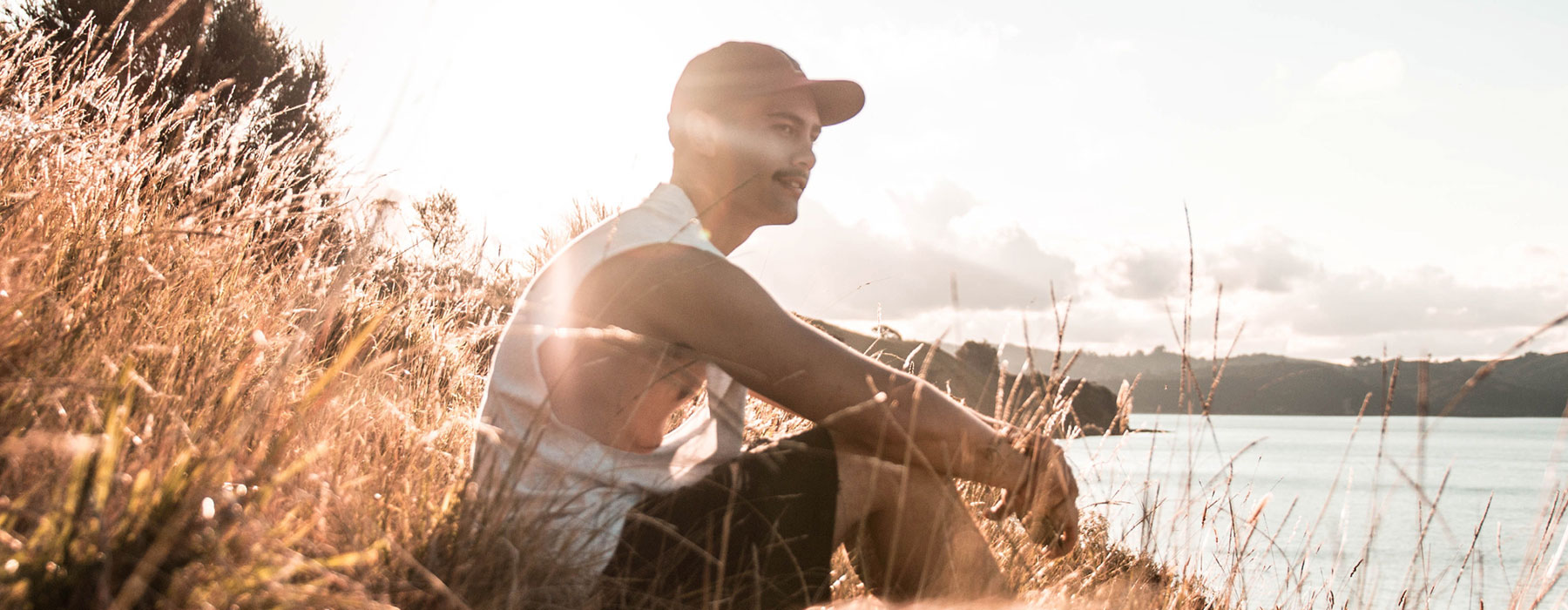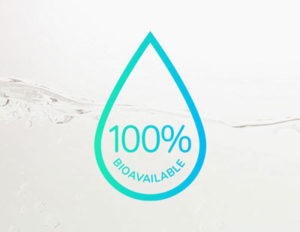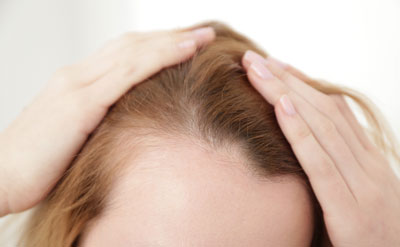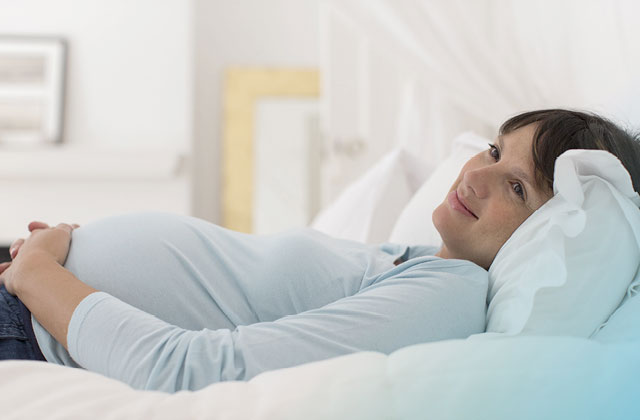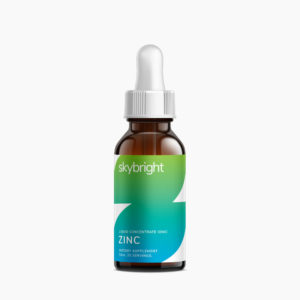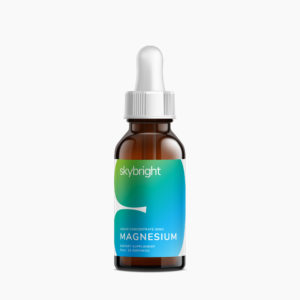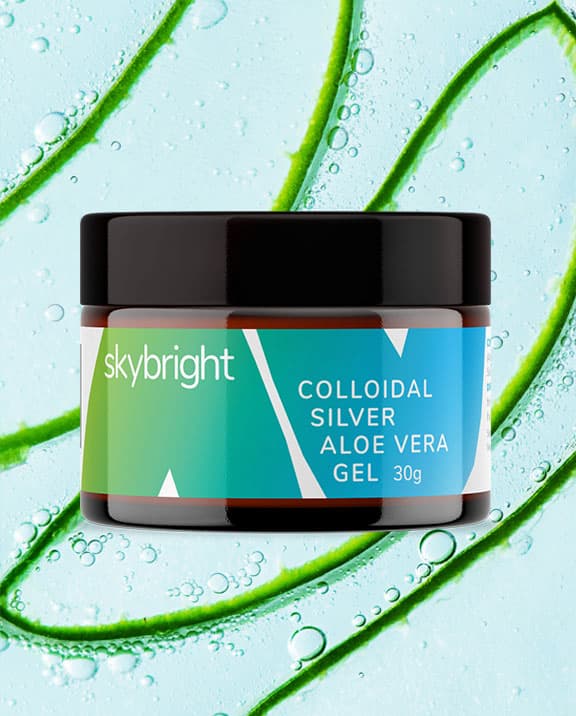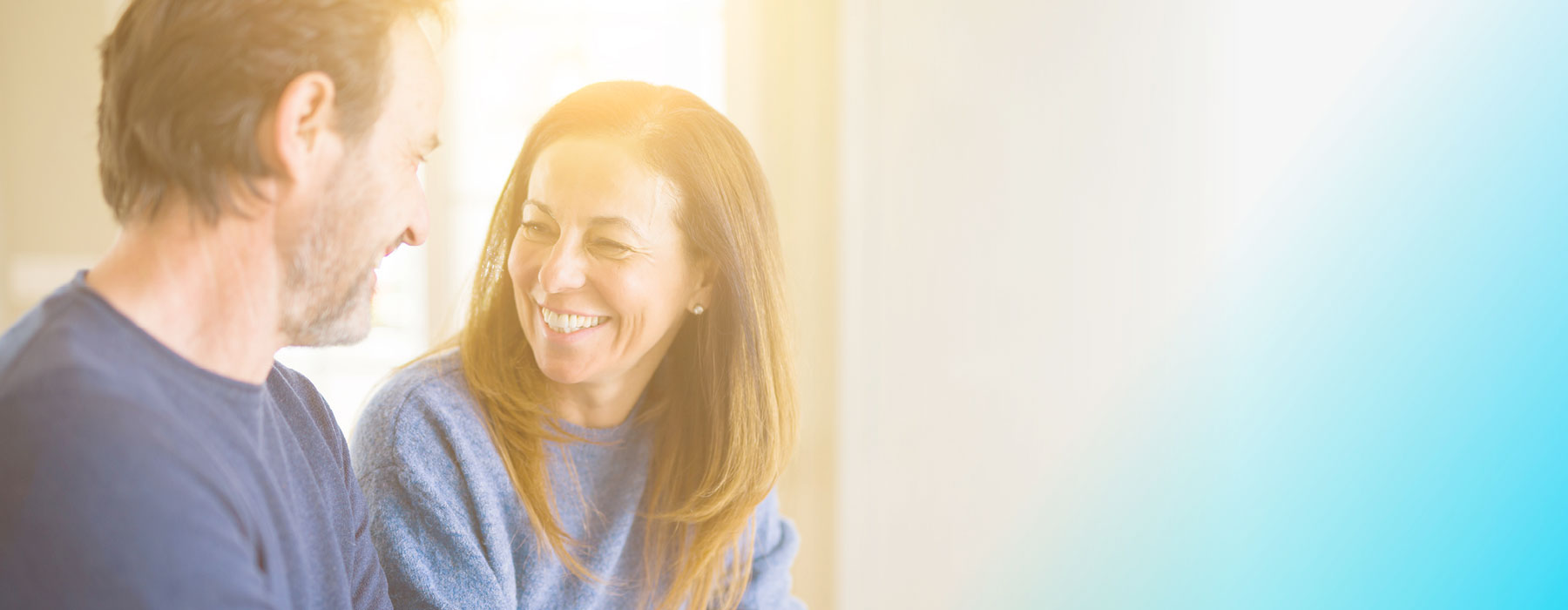
Iron: Get back your energy
Iron is essential for energy production. It is found in the haemoglobin of our red blood cells to transport oxygen from our lungs to every cell in our body. It’s also present in myoglobin, a protein found in skeletal muscles and the heart. At the cellular level, iron is used to fuel enzymes and make energy.
Iron is responsible for more than 200 processes in the body, and key to thyroid function, hair growth, mood regulation, cognitive function, building and maintaining strong bones and optimal immune system maintenance.
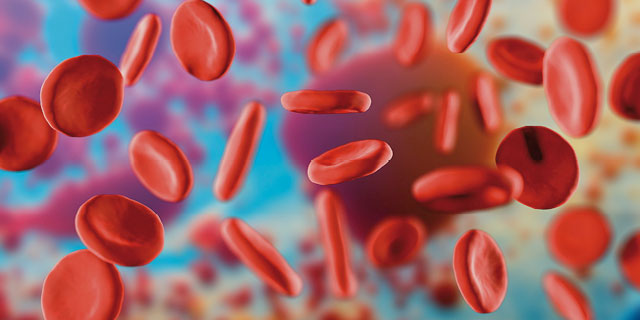
There are any number of reasons we can feel tired or lacking energy. Not enough sleep, too much work, or several key nutrients missing from our diet.
Low iron status is one of the most common deficiencies in the world. According to the World Health Organisation (WHO), two billion people in both developing and industrialised countries are iron deficient. This is also true in New Zealand, especially for women.
In the last New Zealand Nutritional Survey (all the way back in 2009!), 34% of girls aged 13-19 were deficient in iron, and that figure was 49% for Māori and Pasifika teenage girls. It is estimated 20-30% of women of child-bearing age in New Zealand are iron deficient.
When iron levels are low you are essentially depriving your cells of oxygen. Symptoms can include low energy, weakness, fatigue, pale skin, poor concentration, brain fog, and cold hands and feet. Low immunity to infection, and slow recovery from sickness is also common. In more severe cases, when haemoglobin levels are low and red blood cells become paler in colour, anaemia develops. This can cause a host of serious health issues including shortness of breath, chest pain and dizziness.
“This iron liquid supplement has helped so much with energy levels, sleep and breathlessness. Can highly recommend.”
– Inger
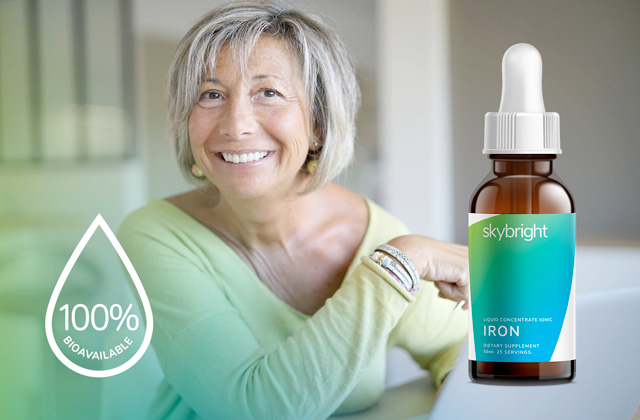
While low iron or anaemia occurs more frequently than any other micronutrient deficiency, too much iron can be just as dangerous. The symptoms for excess iron are often the same, such as low energy or cognitive issues.
Haemochromatosis, or iron overload, is a genetic condition that affects 1 in 200 New Zealanders, mostly of European descent. It’s thought to be the most common genetic disorder in the world. The iron slowly builds up in the body, especially your liver, heart, and pancreas. Eventually, these organs can be permanently damaged by the excess iron.
A balanced wholefood diet can play a big part in restoring and maintaining sufficient iron levels, and a well-nourished person is able to regulate their iron levels effectively, depending on what their body requires.
However, if you think you require more iron, it is recommended that you consult a health professional before commencing supplementation.
Iron absorption and bioavailability
While there is often enough iron in our diets, absorption of the mineral can be problem. This comes down to bioavailability, and how our body can access the iron from our food.
The role of healthy gut
Maintaining a healthy and happy gut is key for getting all the nutrients from your food and your overall wellbeing. Simple things like chewing your food well can help stimulate acid production, and friendly gut bacteria and probiotics such as lactoferrin play a vital role.
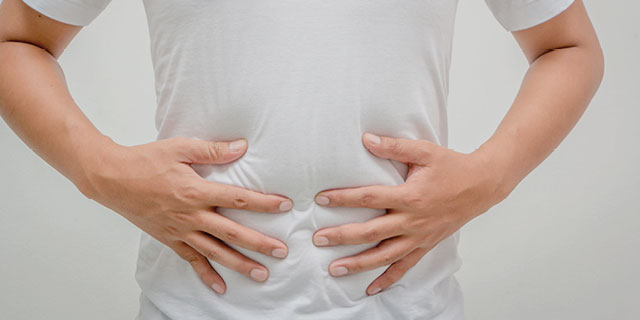
Food sources of Iron
Dietary sources of Iron can be broken up into two main types: Haem iron and non-Haem iron.
Haem iron is found in red meats such as beef and lamb, as well as fish, shellfish and poultry, and is readily absorbed by the body. For many reasons, including health, we’re eating less red meat than we used to, and therefore missing out on one of the best sources of iron. As more people consider shifting to plant-based and vegan diets due to environmental and health concerns, the risk of iron deficiency could increase.
Non-Haem sources include lentils, legumes, wholegrain fortified cereals and tofu. Leafy green vegetables such as spinach, kale, brussel sprouts can also provide small amounts of iron.
Here in New Zealand, non-Haem sources such as wheat form a considerable portion of dietary iron; 40% according to the 2009 New Zealand Nutritional Survey (animal protein accounted for 18%). However, non-Haem or plant-based sources are not as bioavailable and often poorly absorbed. To assist with absorption, it can be paired with Haem iron foods such as red meat, fish or poultry.
Vitamin C can be hugely beneficial. By eating citrus fruits, kiwifruits, capsicums and brassica vegetables such as broccoli and cabbage, it can enhance the absorption of non-Haem iron, and increase iron status. Many iron supplements contain forms of vitamin C for this purpose.
In contrast, high levels of calcium, zinc or phytates, which can be found in legumes, rice and other grains can inhibit absorption of both Haem and non-Haem iron. Conversely, high intakes of iron can affect the absorption of zinc, and calcium.
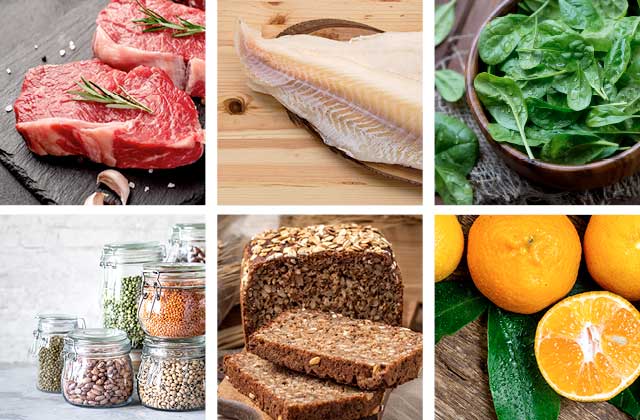
Variety is key, as there are small amounts of iron in many foods. It’s important to try and keep a good balance to help the body maintain sufficient mineral stores.
Lastly, although iron from plant sources is less bioavailable, if you don’t eat animal-based products, don’t assume you are iron deficient. Many vegetarians utilise iron from their diet very effectively. Again, it is best to take a blood test before undertaking supplementation.
A note about tea and coffee
It is recommended not to consume tea or coffee with iron-rich meals as this has been shown to inhibit absorption due to the tannins present. These tannins can bind to the iron and hinder absorption. Allow two hours before or after eating iron-rich foods or when taking an iron supplement.
A great option is to eat iron-rich foods with foods that are high in Vitamin C, such as orange juice or kiwifruit, which can help convert the available dietary iron into an absorbable form.
Iron in pregnancy
The WHO has estimated that anaemia is the most prevalent nutritional deficiency worldwide, affecting 33% of non-pregnant women, 40% of pregnant women and 42% of children worldwide. Research suggests that 20-30% of women of child-bearing age may be iron-deficient in New Zealand.

Women often require more iron when pregnant and nursing children. A lack of iron can lead to complications in pregnancy such as decreased fertility, reduced birth weight and reduced gestation periods.
Iron deficiency in children can lead to irreversible effects on brain development, lack of growth, and low immunity to infection. Cognitive development can also be affected if a mother is lacking iron in her last trimester of pregnancy.
The issue of excess iron is rarely found in women of child-bearing age, due to menstrual blood loss. Having children and monthly cycles can often deplete women’s iron stores for many years to follow.
Iron for athletes
Iron can be critically important for endurance athletes. Anaemia or even marginal iron deficiency can impair performance as it reduces the oxygen-carrying capacity of the blood and inhibits mitochondrial enzyme function in the cell.
Endurance athletes often deplete their iron stores more rapidly through sweat loss, red blood cell destruction, and gastro-intestinal blood loss.
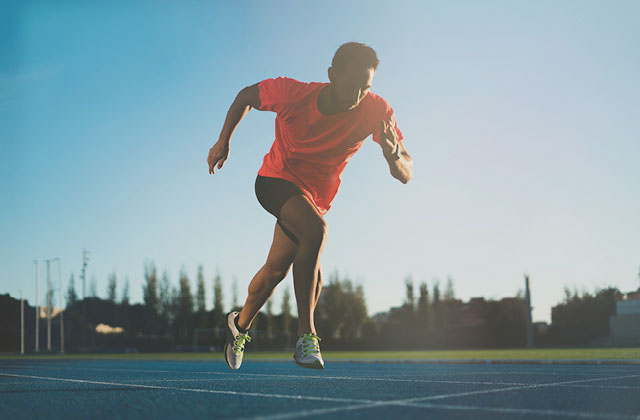
Some athletes have difficulty meeting their iron needs due to factors such as calorie restriction, avoiding animal-based products and a high carbohydrate intake. Those training for more than six hours per week are more at risk and should have their iron status checked at least once a year.
When to supplement
At certain times of life, there is an increased need for iron. In infancy, experiencing growth spurts in childhood, adolescence, when pregnant and breastfeeding, and exercising often.

“Really easy to use, and noticed a big difference within a couple of days in my daughter.”
– Becky
Elderly men often have low iron status or anaemia due to weak stomach acid. Try to avoid or limit the use of antacids, heartburn or stomach acid lowering medication that can prevent absorption of iron and other minerals.
Iron supplementation should only be recommended following a consultation with a healthcare professional, especially for those on medication. They may suggest a test which measures haemoglobin levels, determining the oxygen carrying capacity of the blood cells. An additional serum ferritin test measures the amount of iron stored in the body.
Iron deficiency can develop slowly and correcting it can also be a slow process. A supplement may be required for at least a few months to replenish your iron levels. Always use as directed and keep out of reach of children.
-
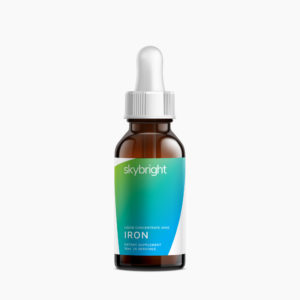 Iron Liquid Mineral$27.90
Iron Liquid Mineral$27.90
References:
Coory, David. Stay Healthy by supplying what’s lacking in your diet. 1992
Schauss, Alexander G. Minerals, Trace Elements, & Human Health. Life Sciences Press. 1995
WHO guidance helps detect iron deficiency and protect brain development. 2020
Ministry of Health – Manatū Hauora. Iron overload (Haemochromatosis). 2018
Disclaimer:
The information in this article is not intended as a medical prescription for any disease or illness. Nothing stated here should be considered medical advice. Use as directed. If symptoms persist, consult your healthcare professional.

